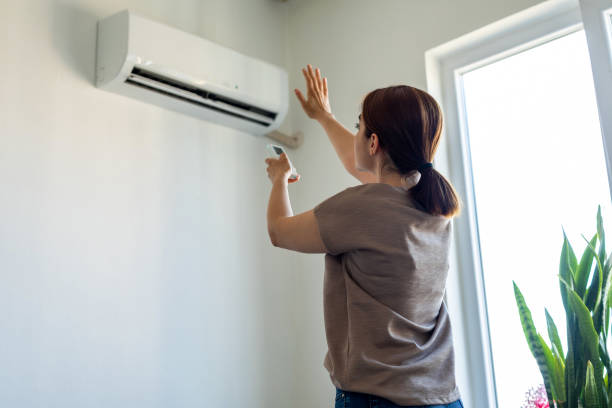To make an HVAC system efficient and long-lasting, it is necessary to maintain it. The status of the gaskets that close ducts, units, and connections is one of the most neglected issues relating to HVAC maintenance. Gaskets are important to ensure that there are no air leakages, energy is saved, and there are no expensive repairs. Failing gaskets cause the system to work more to control the temperature and this may result in increased energy bills and earlier wear of components. Knowledge of appropriate maintenance measures can assist in ensuring that there is no failure of gaskets and enhance the overall performance of the HVAC.
Periodical Inspection of Gaskets
The first measure towards preventing failures is to have gaskets routinely checked. As time goes by, gaskets may wear, crack or get loose as a result of constant changes in temperature and mechanical vibrations within the system. The visual checks will enable the technicians and homeowners to detect wear and tear at the onset before they lead to serious problems. Specific focus is to be paid to the places where ducting is connected to any unit or the places where access panels interlock with HVAC frames since they are the likely areas of leakage.
Checking on the presence of such materials as fabric fiberglass inside the system should also be included in the inspections. Most HVAC units have gaskets made of fabric fiberglass because they are durable and resist thermal. It is important to make sure that these components are not damaged. Fabric fiberglass that has been damaged may affect the seal, and thus, lower the efficiency of the system, and raise the chances of air leaks. Regular monitoring prevents the detection of problems at the early stages and prevents the emergence of bigger failures.
Cleaning and Debris Removal
Another important gasket maintenance factor is keeping the HVAC system clean. Gasket surfaces may get dust, dirt, and debris and become less effective to form an appropriate seal. Gradually, this accumulation may wear out the gasket material and decrease its performance. The deterioration can be prevented by vacuum cleaning or soft brush cleaning the surfaces surrounding the gaskets to ensure good contact between the surfaces.
Besides the outside cleaning, the areas that are insulated with fiberglass should also be taken care of. Components and ducts are usually enclosed with fiberglass insulation in order to control the temperature. In case of insulation, which gets loose or damaged, it may hamper the functioning of gaskets and risk of leakage. By making sure that fiberglass insulation is in place and stable, the integrity of the system can be ensured and the gaskets will not suffer unjustified damage.
Adequate Lubrication and Component Maintenance
It is important that moving parts be kept close to gaskets to avoid early wear out. The HVAC systems are associated with fans, motors, and dampers that produce vibrations and friction that may pass the stress to the gaskets in close proximity. Lubrication of such parts on a regular basis will allow a smooth running of the components, and the mechanical stress that might result in gasket failure is minimized.
The temperature extremes in the system also need to be monitored. Too much heat or cold may result in shrinking, swelling or cracking of some gasket materials. The use of the right gasket materials that can resist such environments including fabrics fiberglass and keeping system temperatures within normal parameters all help in seals that last longer.
Timely Replacement of Worn Gaskets
It is important to replace old gaskets or damaged gaskets in time so as to avoid system inefficiencies. To maintain the HVAC system with failure gaskets may cause loss of energy, uneven heating or cooling, high wear and tear of other parts. The technicians must be ready to change gaskets when there is a regular service or when there is a sign of major wear and tear.
The materials used in the replacement gaskets should be of high quality when being chosen. A lot of systems utilize gaskets that are meant to handle certain pressure, temperature, and air and moisture. With the proper materials, such as those that can be used with fiberglass insulation, or fabric fiberglass, one can achieve a tight fit and minimize the chance of repeat problem. Long term energy and repair will be saved due to proactive replacement.
To avoid the occurrence of gasket failures in an HVAC system, it is necessary to pay a lot of attention and practice proper maintenance. Regular inspections, careful cleaning, well lubricated and replaced in time all help to enhance the life of the system and also make it efficient. Fabric fiberglass and fiberglass insulation are some examples of materials which are significant in ensuring that the seals and systems are working properly. Gasket care can help homeowners and technicians save money in terms of repairs, save energy, and be sure the HVAC system will continue functioning all the time during its life.






